A Cup of Curiosity
You’ve probably heard about the health benefits of green tea and the vibrant allure of matcha (抹茶, matcha). Maybe you’ve wondered: “Is matcha just another kind of green tea?” or “What’s the difference between green tea powder and matcha?”
It’s a common question! Both drinks share deep roots in Japanese culture and both begin with the same plant, Camellia sinensis. Yet, matcha and green tea (緑茶, ryokucha) offer distinct experiences in taste, preparation, appearance, and wellness benefits. Understanding these differences not only enriches your tea knowledge but also deepens your appreciation for centuries-old tea traditions.
Definitions and Origins
Both matcha and green tea come from Camellia sinensis, the same species of tea plant that also produces oolong and black tea. What sets them apart lies in:
- Cultivation and Processing
- Preparation
- Flavor and Nutrition
- Cultural Context
What is Green Tea?
In Japan, “green tea” typically refers to sencha (煎茶) whole loose leaves that are steamed, rolled, and dried after harvesting. Other popular Japanese green teas include gyokuro (玉露), houjicha (ほうじ茶), and genmaicha (玄米茶). Chinese green teas, like Dragonwell and Biluochun, are also widely enjoyed and processed differently (often pan-fired rather than steamed).
What is Matcha?
Matcha is a powdered green tea made from leaves that are shade-grown for several weeks before harvest, boosting their chlorophyll, L-theanine, and catechin content. These leaves (called tencha, 碾茶) are destemmed, deveined, and stone-ground into a fine, vibrant green powder using traditional stone mills (ishi-usu, 石臼). The result: a tea that’s visually striking, nutrient-dense, and integral to the Japanese tea ceremony (chanoyu, 茶の湯).
Historical Roots
Powdered tea preparation traces back to China’s Tang Dynasty (7th–10th centuries). The method traveled to Japan in the 12th century, where it evolved into the matcha tradition we know today deeply intertwined with Japanese Zen Buddhism and cultural rituals.
Common Questions and Misconceptions
- Is all green tea powder matcha? No. Many products labeled as “green tea powder” (funmatsu-ryokucha, 粉末緑茶) are simply ground sencha or spray-dried extracts. True matcha is always shade-grown and stone-ground, producing a unique flavor, color, and nutrient profile. Powdered tea that isn’t made this way lacks the signature qualities of matcha.
- Is matcha more bitter? Not necessarily. High-quality ceremonial-grade matcha is renowned for its smooth, umami-rich flavor with minimal bitterness. Bitterness in matcha often results from lower-grade leaves or improper preparation. Over-brewing green tea can also lead to harsh flavors.
- Are the health benefits the same? Both green tea and matcha are rich in antioxidants and caffeine, but matcha delivers higher concentrations because you ingest the whole leaf, not just a water infusion. This means more nutrients especially EGCG, L-theanine, and chlorophyll per serving.
Comparing Nutritional Content and Health Benefits
| Nutrient/Compound | Matcha | Green Tea (Sencha) |
|---|---|---|
| EGCG (antioxidant catechin) | High | Moderate |
| L-theanine (amino acid) | High | Lower |
| Caffeine | 50–70 mg per serving | ~25–35 mg per cup |
| Amino acids | Abundant | Less abundant |
| Dietary fiber | Present (whole leaf) | None (infusion) |
| Chlorophyll | High | Lower |
Health Benefits
Research suggests that the antioxidants and polyphenols in both matcha and green tea may:
- Support metabolic health and weight management
- Reduce oxidative stress and inflammation
- Promote autophagy (cellular renewal)
- Enhance calm focus and cognitive clarity (thanks to L-theanine)
- Support cardiovascular health
Because matcha is more concentrated, its benefits are often more pronounced. However, drinking either tea regularly can be a healthy habit.

Production and Processing: How They Differ
Green Tea (Sencha and Others)
- Cultivation: Grown in full sun
- Processing: Steamed (in Japan) or pan-fired (in China), then rolled and dried
- Form: Loose-leaf or bagged tea, brewed as an infusion
Matcha
- Cultivation: Shade-grown for 3–4 weeks before harvest to boost chlorophyll and amino acids
- Processing: Steamed, destemmed, deveined, and stone-ground into powder
- Form: Fine powder, whisked directly into water
Shade-growing and stone-grinding are labor-intensive, which helps explain matcha’s premium price and vibrant color.
Preparation Methods
Green Tea
- How: Brewed as an infusion
- Vessel: Teapot (kyūsu, 急須) or cup
- Steeping time: 1–2 minutes
- Water temperature: ~70–80°C (158–176°F)
- Result: Light, clear, refreshing tea
Matcha
- How: Whisked (chasen, 茶筅) into hot water
- Vessel: Matcha bowl (chawan, 茶碗)
- Tools: Bamboo spoon (chashaku, 茶杓), optional sifter
- Result: Frothy, opaque, full-bodied tea (usucha or koicha)
Matcha’s unique preparation is central to the Japanese tea ceremony, transforming tea drinking into a mindful ritual.
Taste and Flavor Profiles
Matcha
- Flavor: Rich umami, grassy, sweet undertones, full-bodied
- Texture: Frothy, creamy, satisfying
- Bitterness: Minimal when prepared with high-quality matcha and proper technique
Green Tea (Sencha)
- Flavor: Vegetal, mild astringency, delicate sweetness
- Texture: Light, refreshing, clean finish
Both teas reflect the artistry of their preparation and can be enjoyed even more from a beautiful handcrafted bowl or teacup.
Versatility and Uses
Matcha
- Beverages: Lattes, smoothies, “green tea” lattes
- Culinary: Cakes, ice creams, baked goods, savory dishes
- Ceremony: Central to Japanese tea rituals
Tip: Use culinary-grade matcha for recipes, ceremonial-grade for sipping.
Green Tea
- Beverages: Hot or iced brewed tea, flavored blends
- Culinary: Less common, but sometimes used in broths or desserts
Price and Accessibility
Matcha is generally more expensive per gram due to:
- Shade-growing, hand harvesting, and stone grinding
- Higher labor and production costs
- Traditionally reserved for special occasions, though now increasingly accessible worldwide
Green tea (sencha, gyokuro, houjicha) is more affordable and widely available, making it a daily staple in many households.
For the best experience, invest in a tin of authentic Japanese matcha and try preparing it with traditional tools it’s a ritual worth savoring.
Frequently Asked Questions
- Is matcha just powdered green tea? Not all powdered green tea is matcha. Only shade-grown, stone-ground tea leaves qualify as true matcha.
- Does matcha have more caffeine than green tea? Yes. Because you consume the whole leaf, matcha provides more caffeine per serving than a typical cup of brewed green tea.
- Can I use matcha and green tea interchangeably in recipes? For drinks and most recipes, matcha’s concentrated flavor and color work best. Use culinary-grade matcha for cooking and baking; reserve premium matcha for drinking.
- Which is healthier? Both are healthy choices, but matcha’s concentrated nutrients offer additional benefits, just enjoy in moderation.
Conclusion: Same Plant, Distinct Experience
So, is green tea the same as matcha?
Not quite! While both come from Camellia sinensis, their growing, processing, appearance, nutrition, and cultural significance are beautifully distinct.
Choose matcha if you want:
- A calming, ritualistic tea experience
- Rich umami and vibrant green color
- Higher antioxidants and whole-leaf nutrients
- Versatility in drinks and recipes
Choose green tea if you want:
- A lighter, refreshing daily beverage
- Subtle flavors and a gentle caffeine boost
- An affordable, accessible way to enjoy tea’s benefits
Both teas offer a window into centuries of tradition and craftsmanship. Whichever you choose, savor the process and let each cup connect you to a world of flavor, history, and mindful enjoyment.
Curious to explore more?
Discover our collection of artisan matcha bowls, cups, and complete matcha sets perfect for creating your own beautiful tea ritual at home.
Sip mindfully, and enjoy the journey!


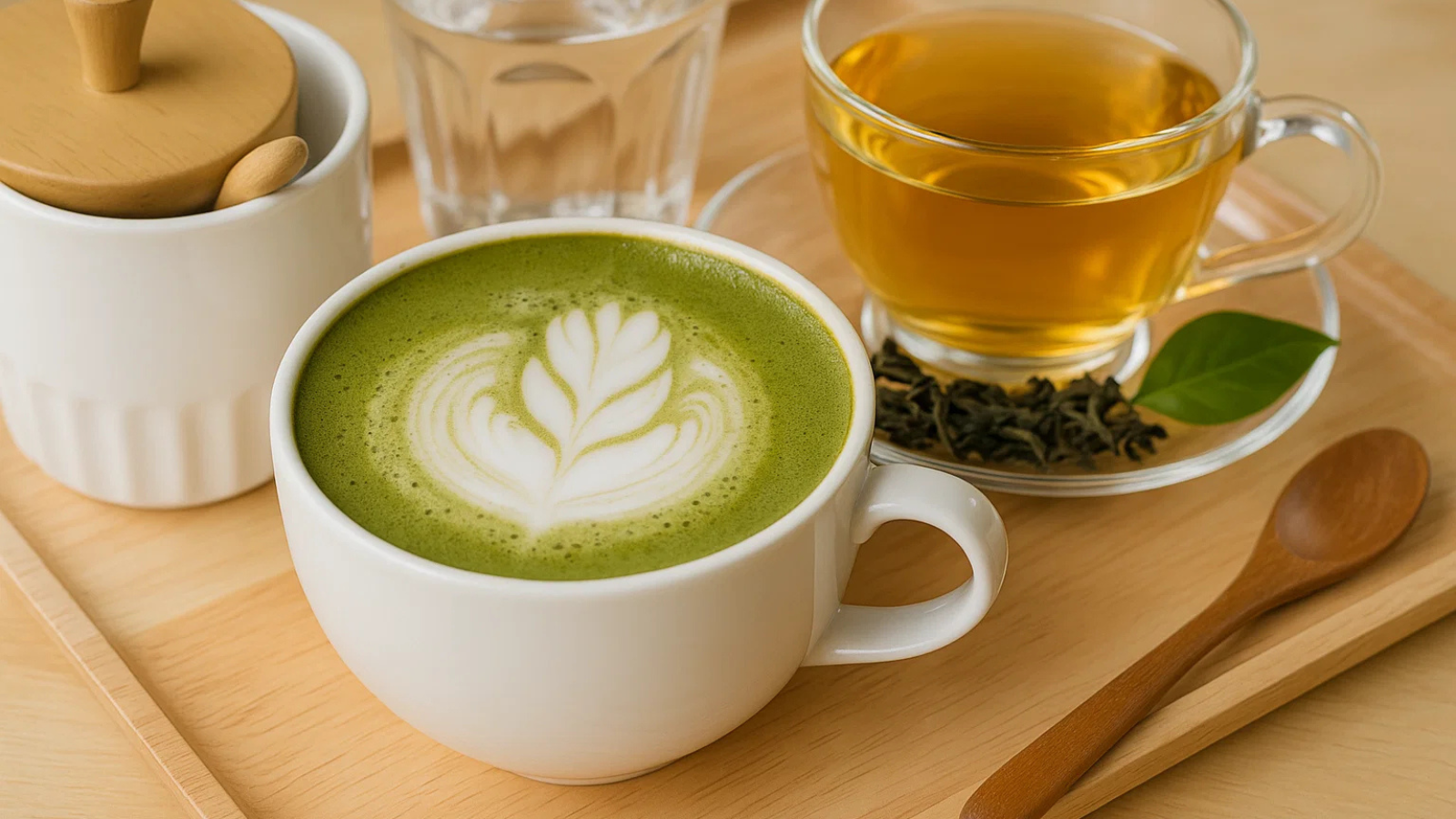


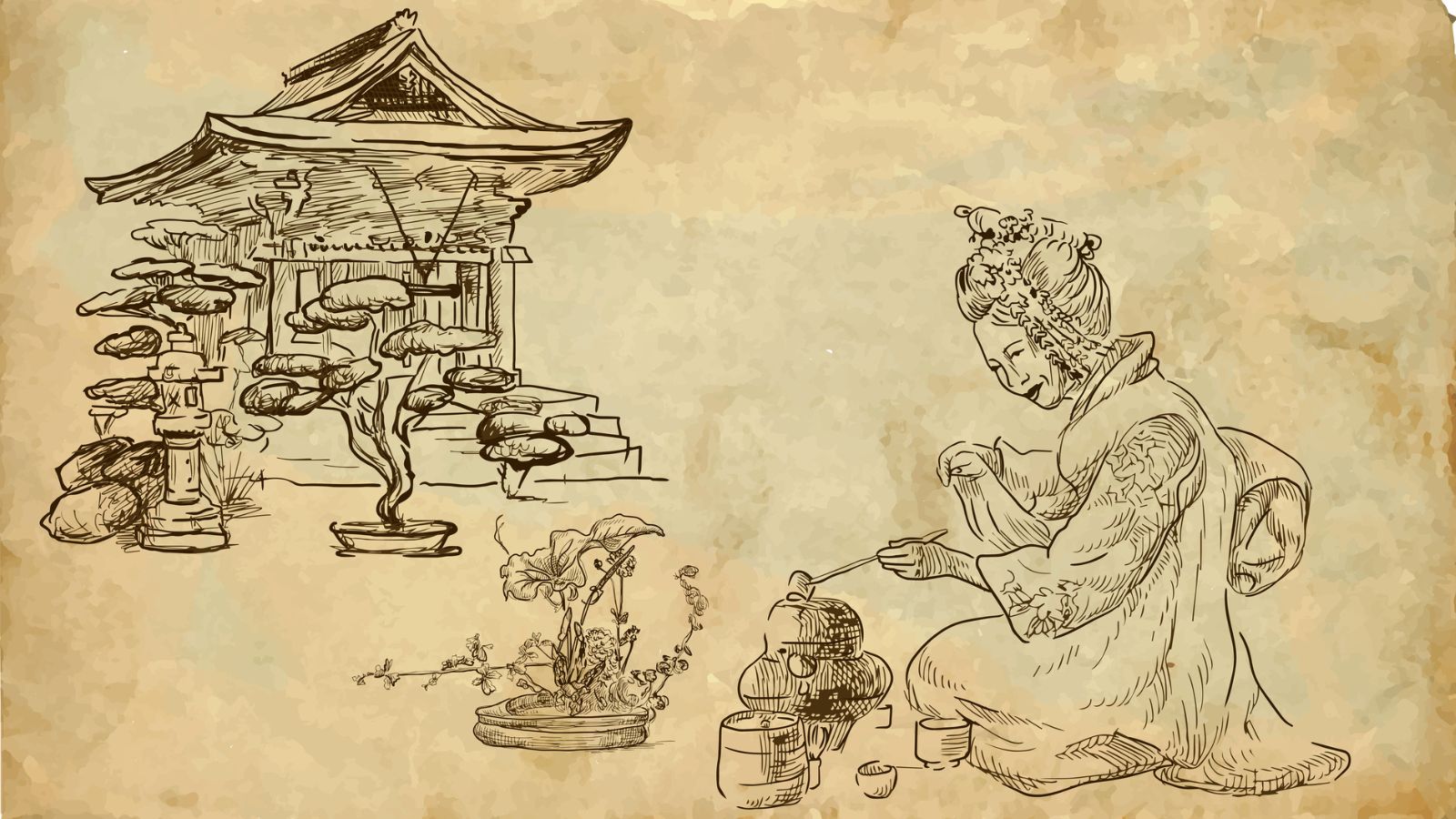
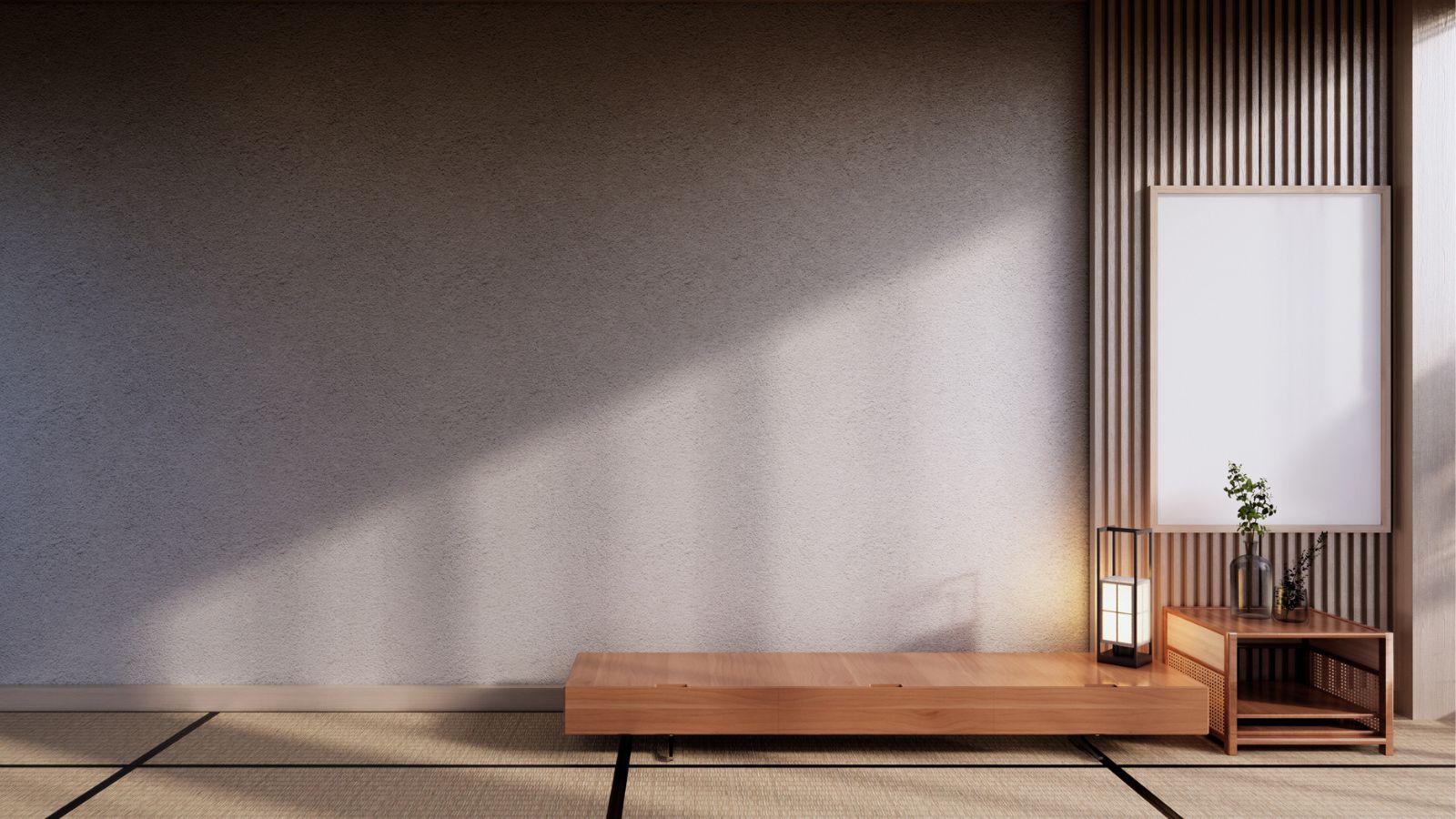

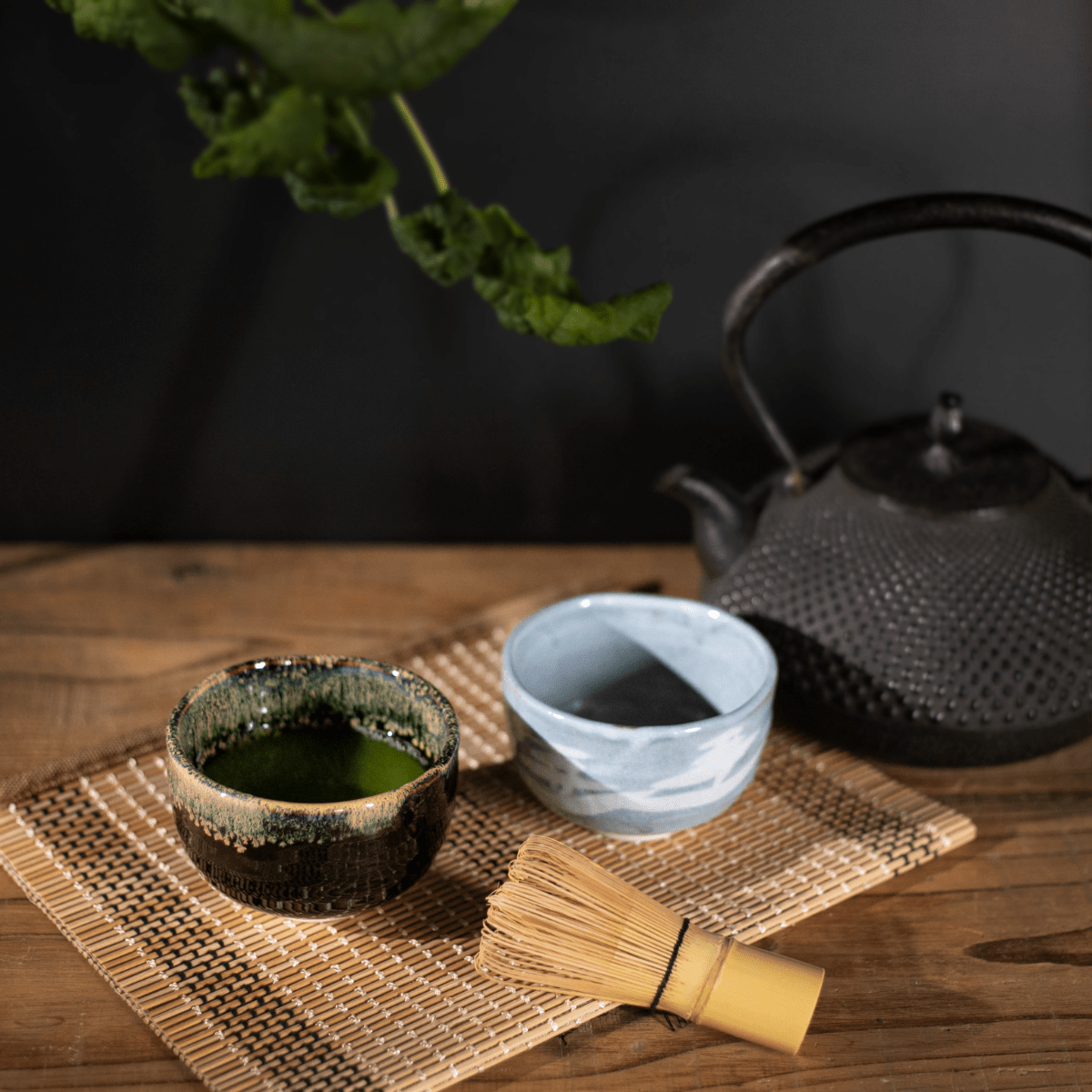
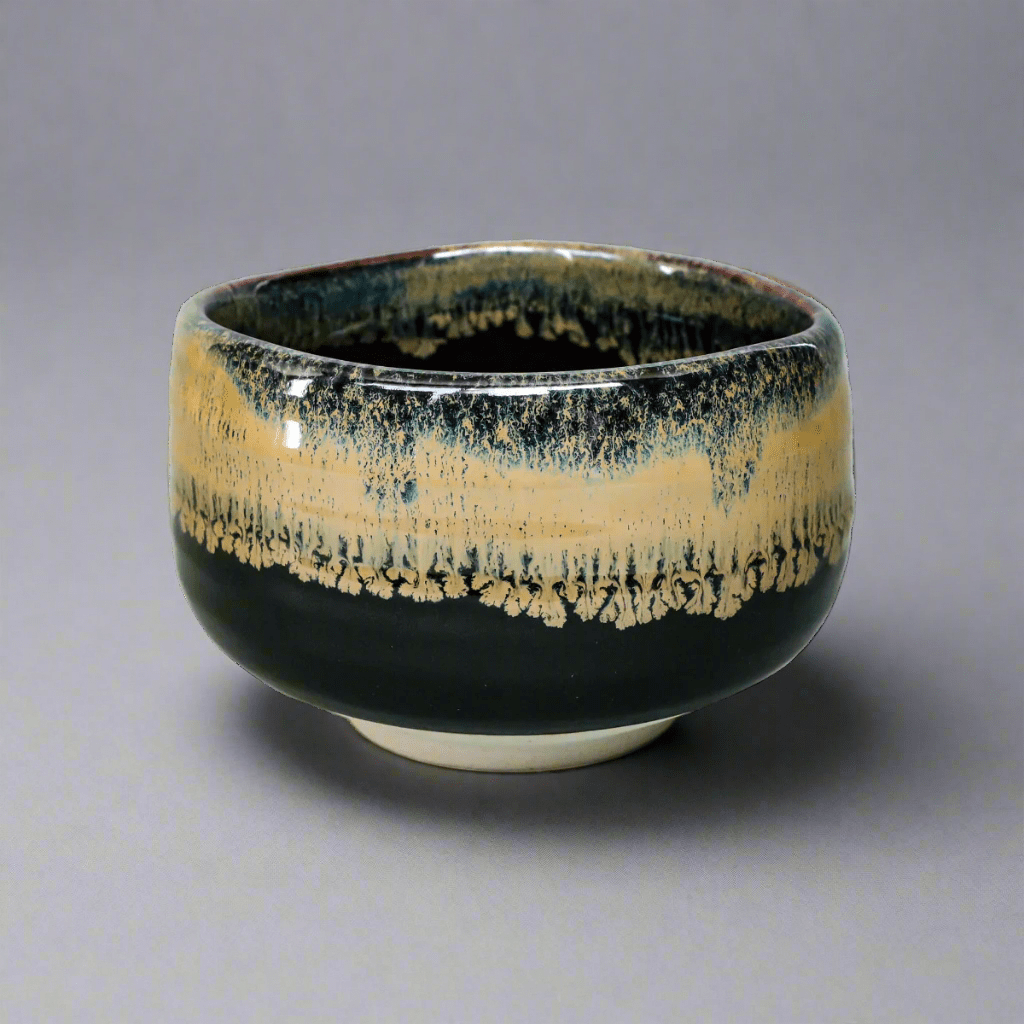
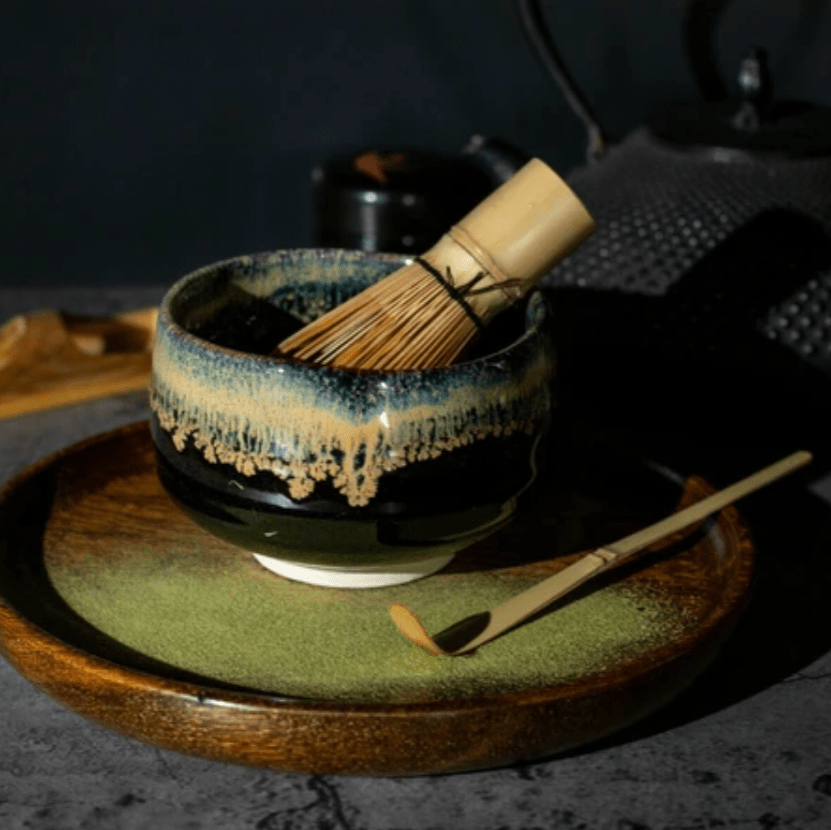
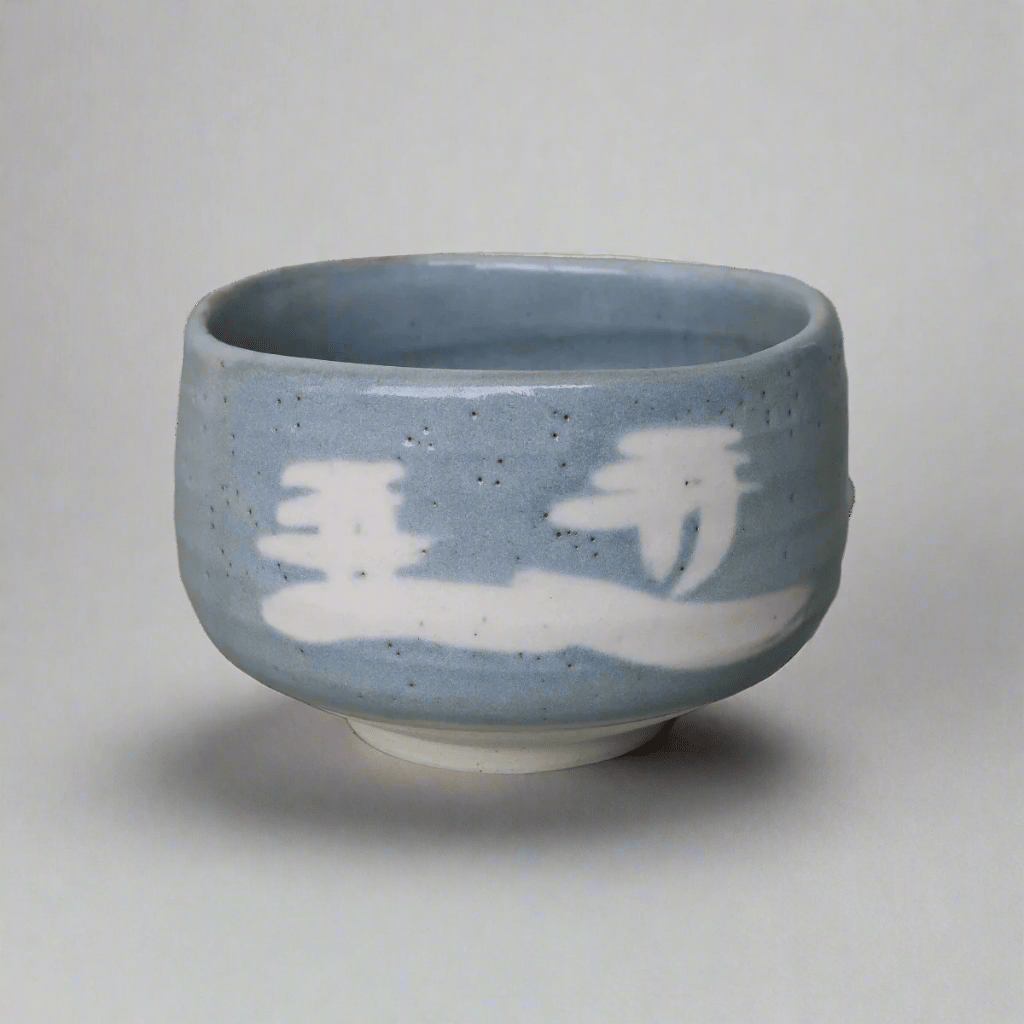
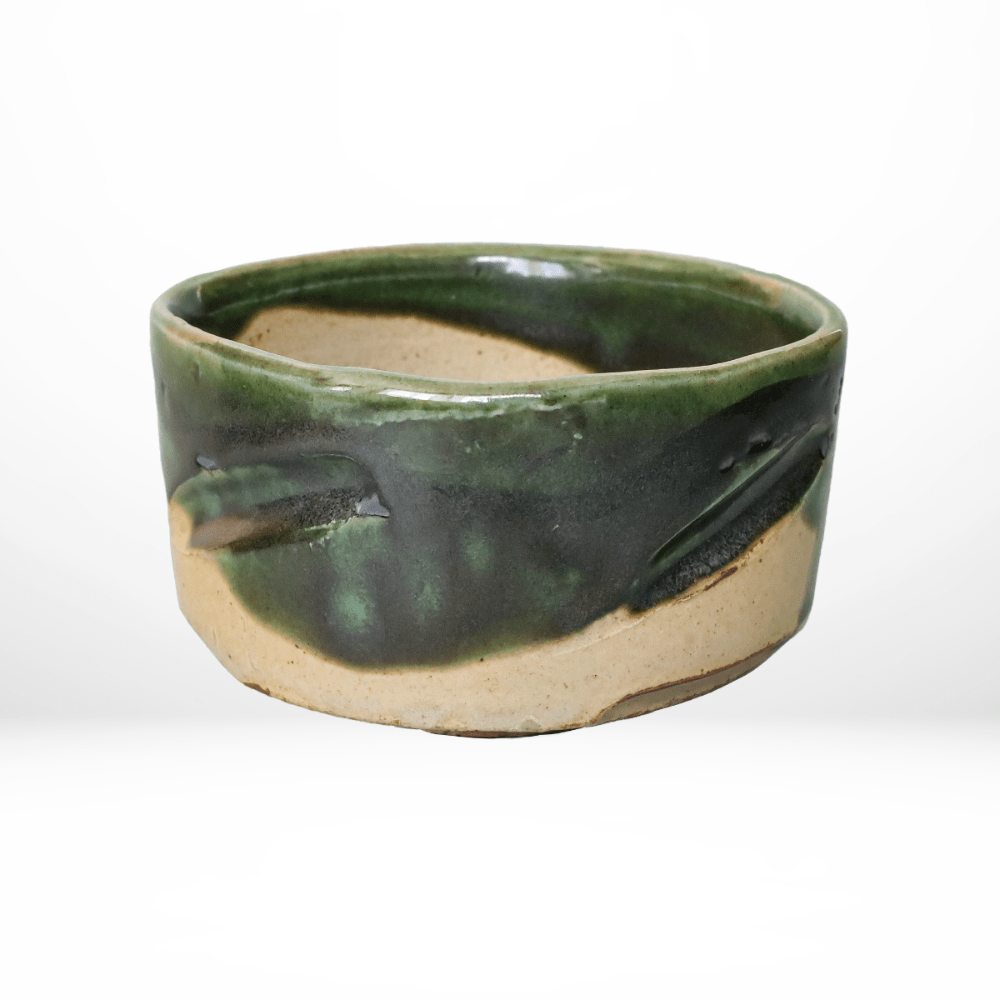
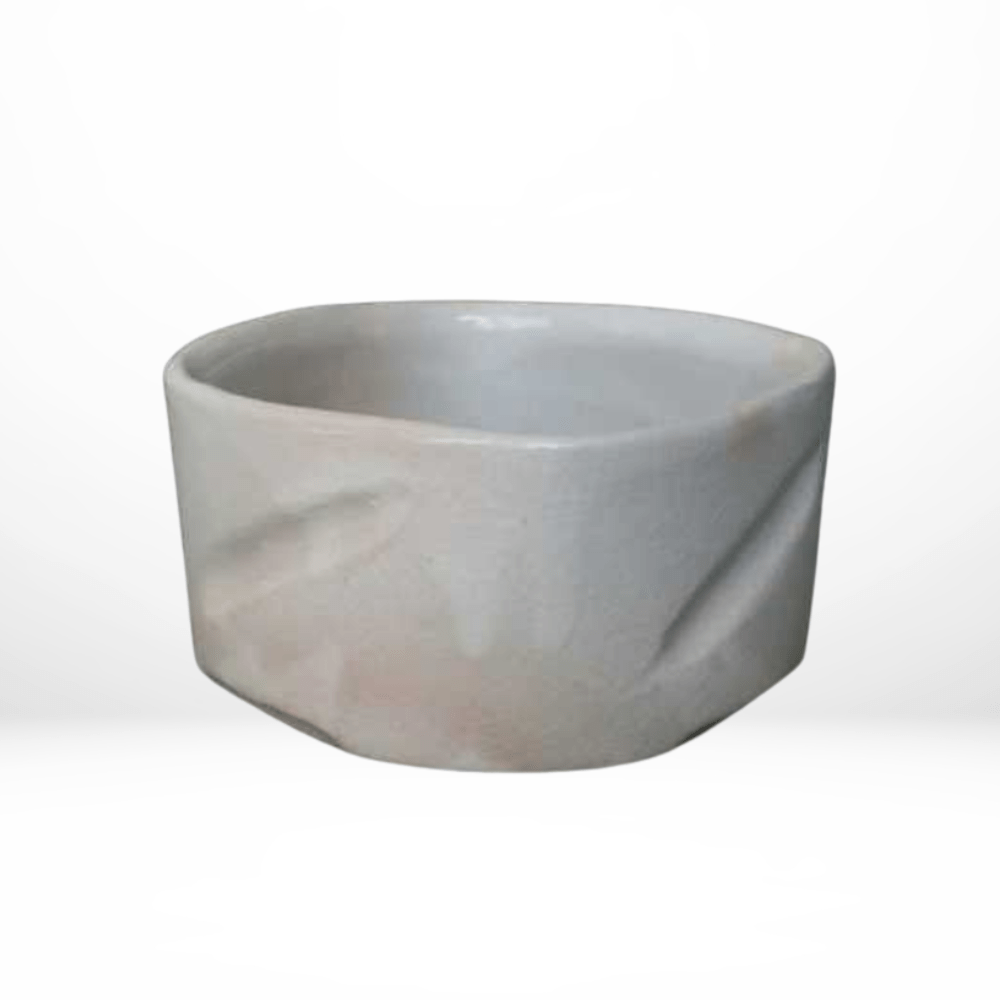
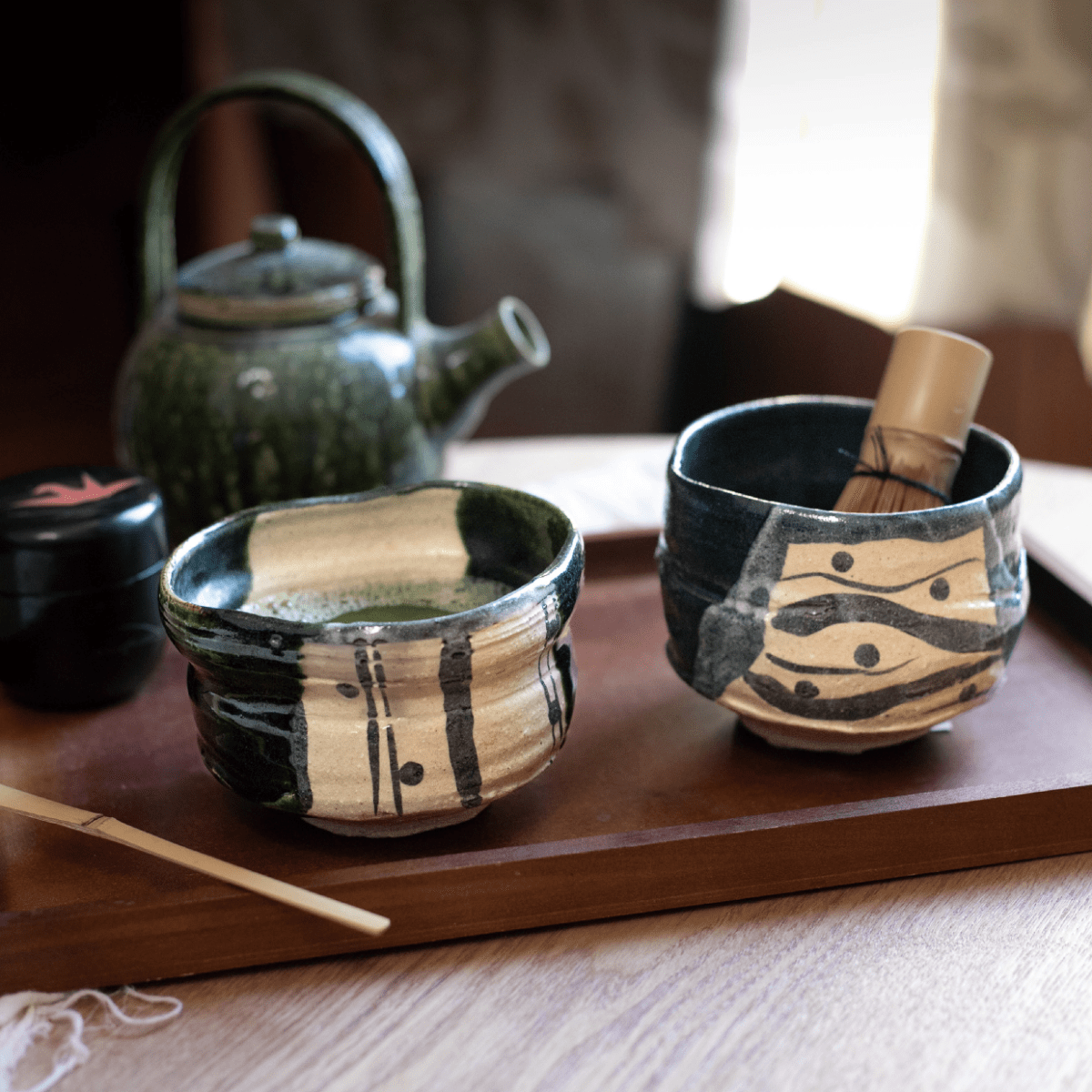
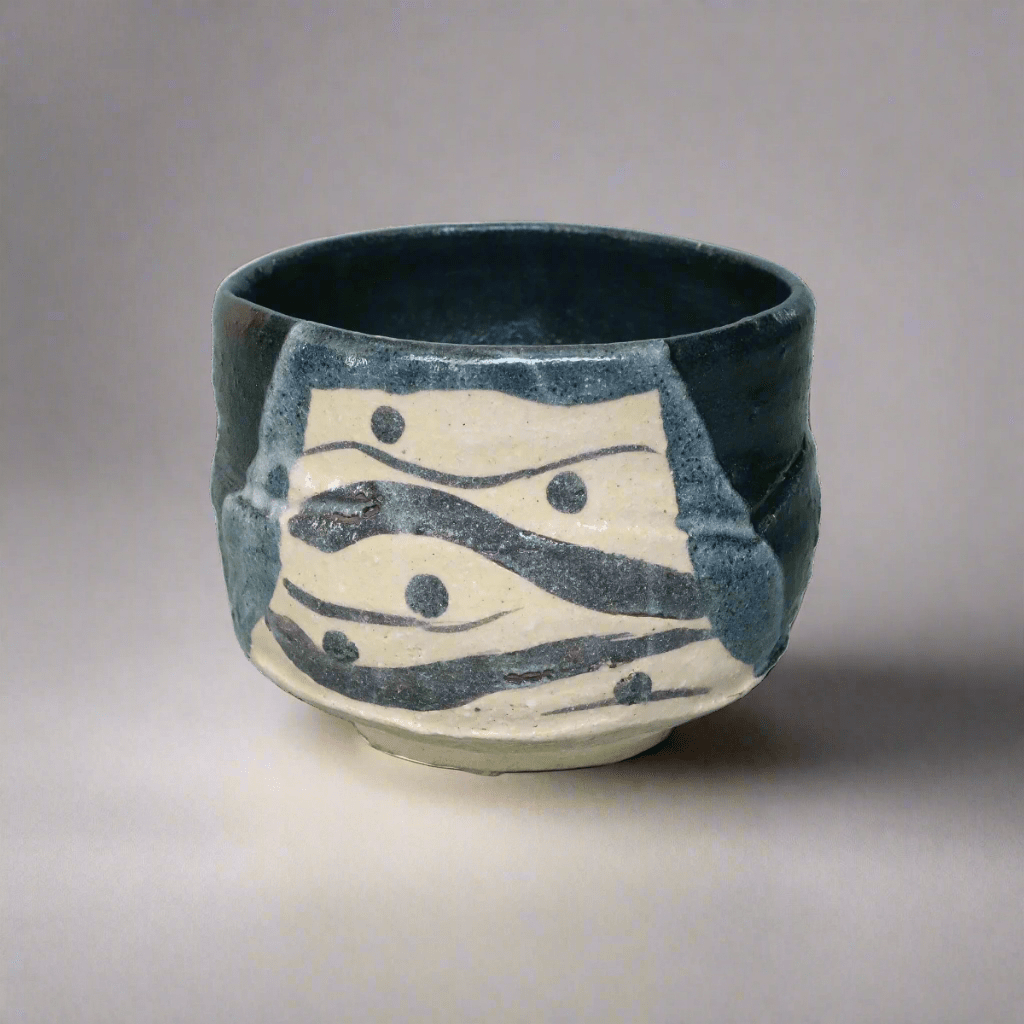
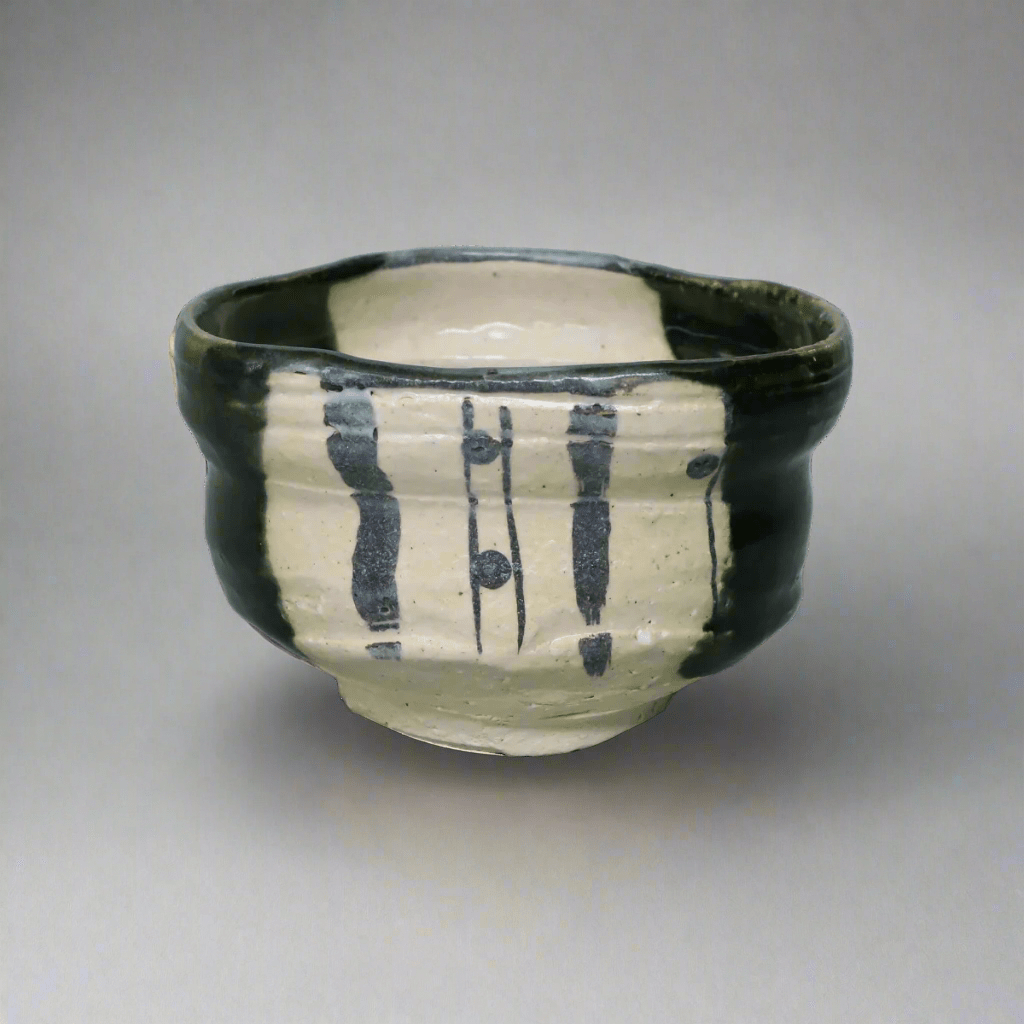
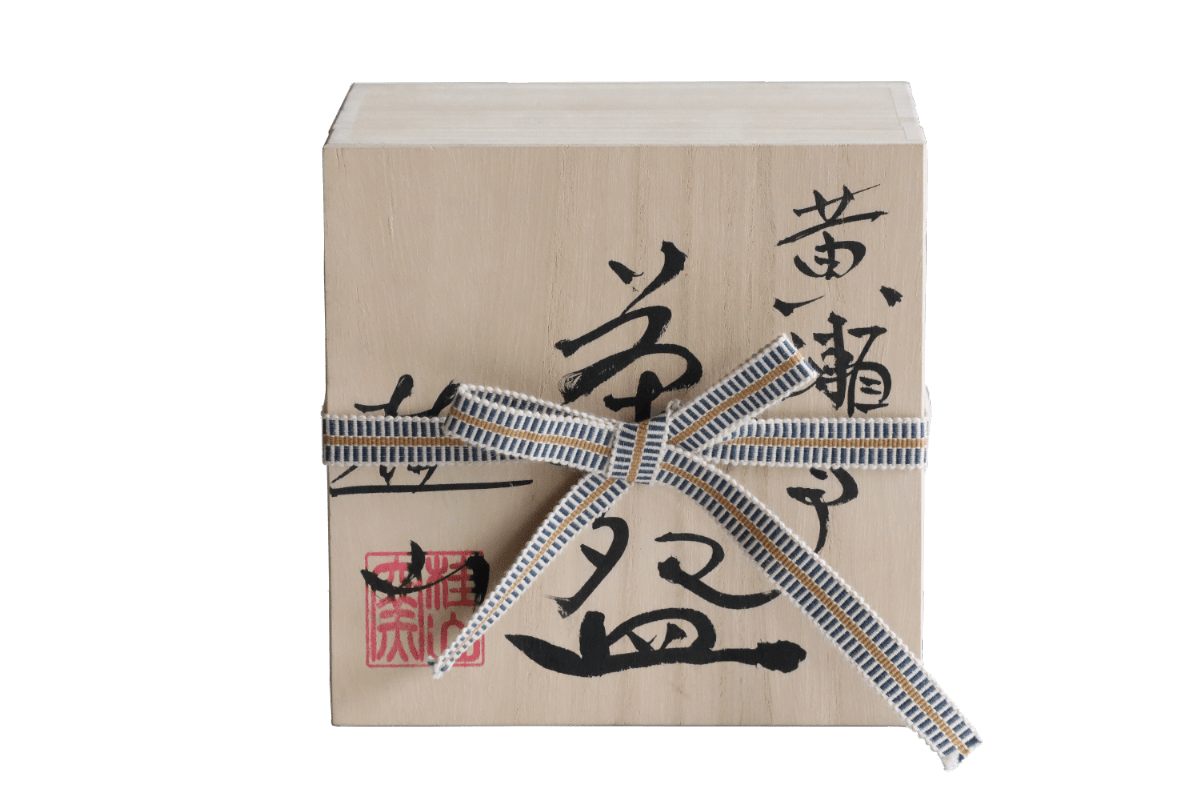
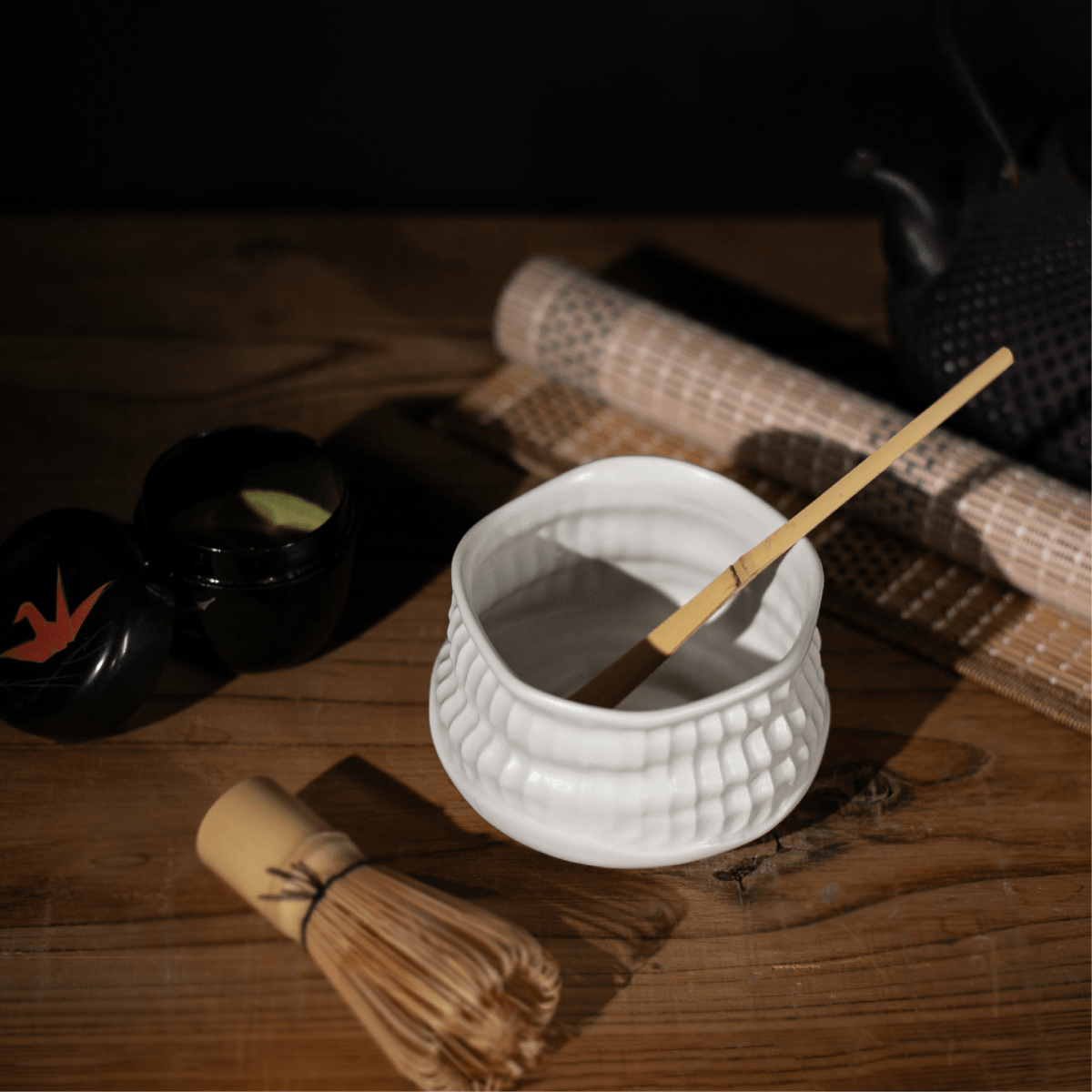
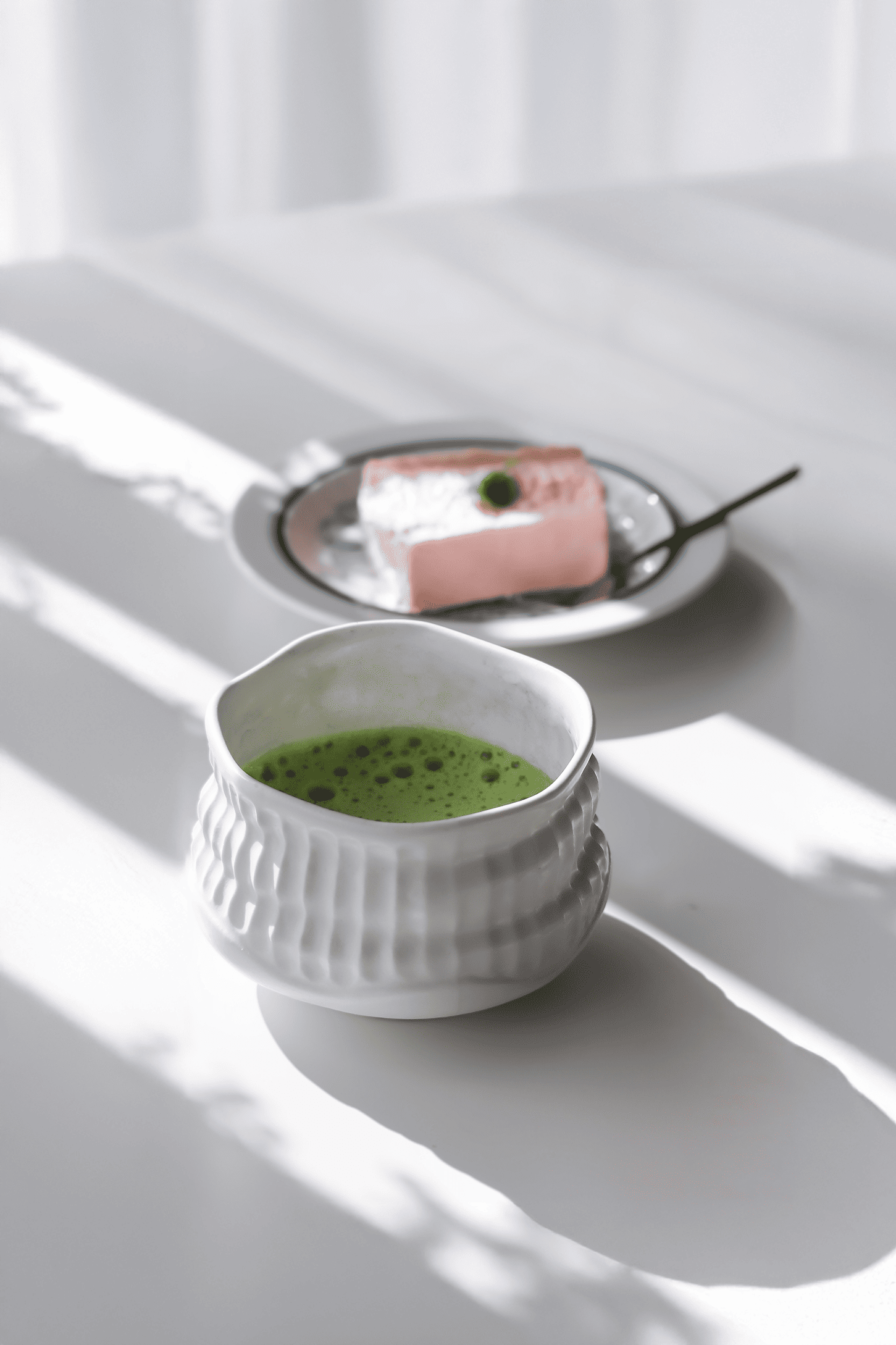
Share: